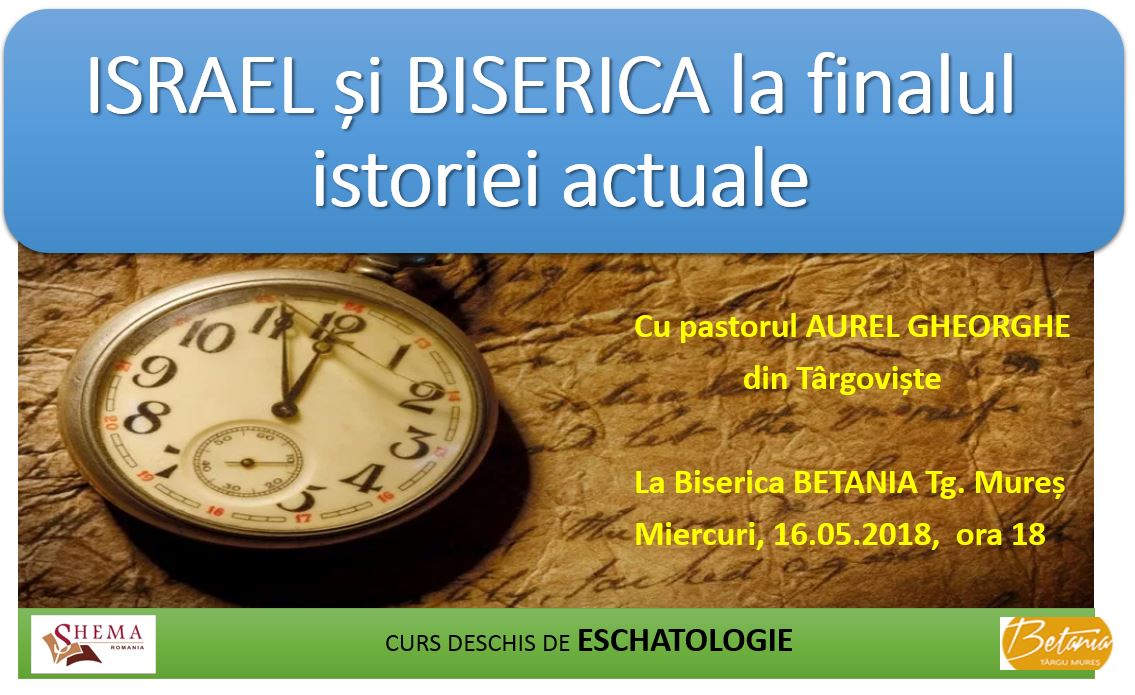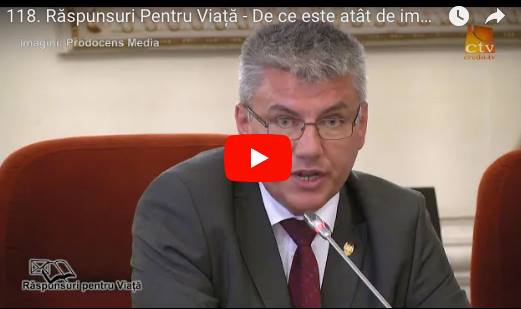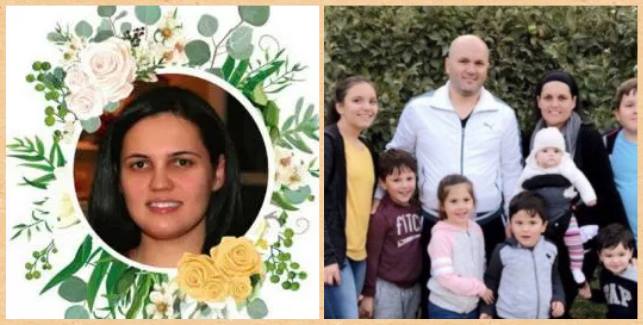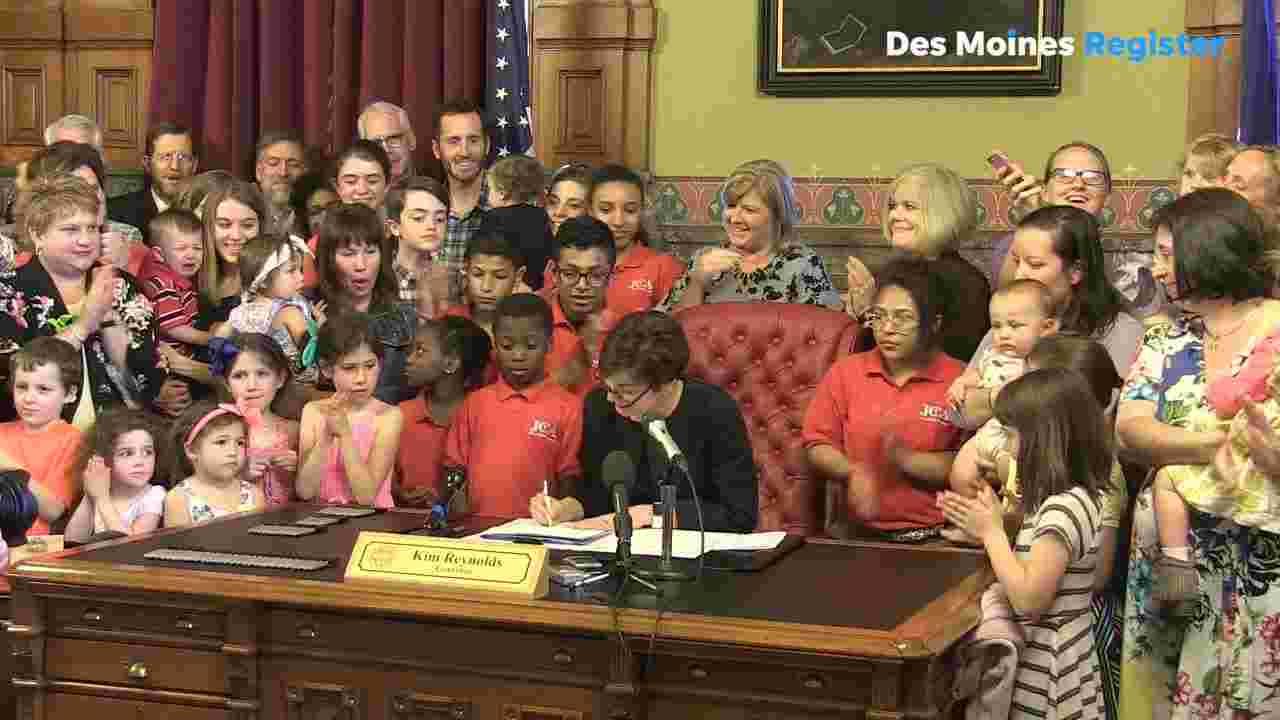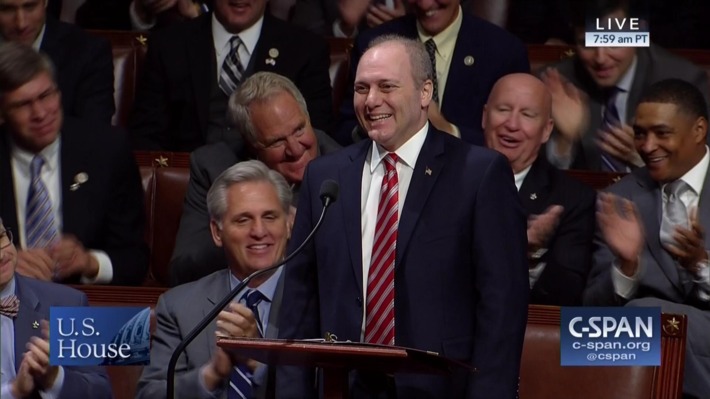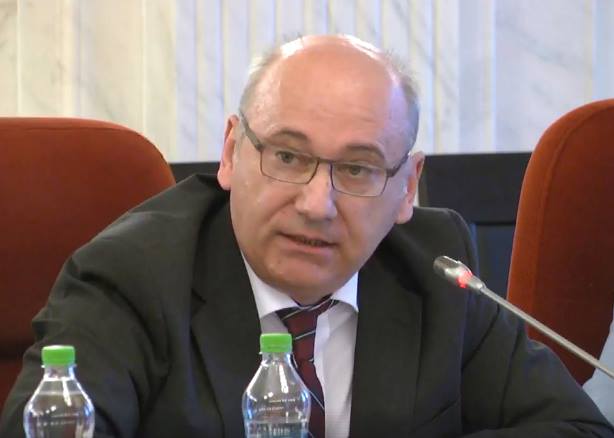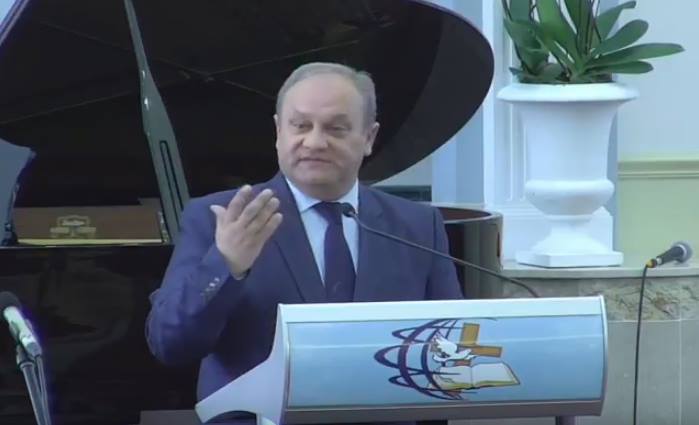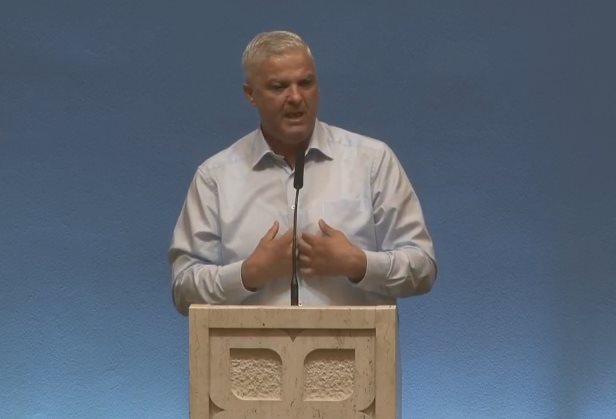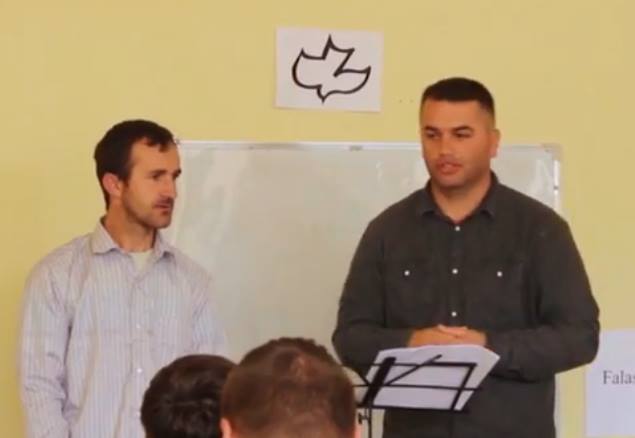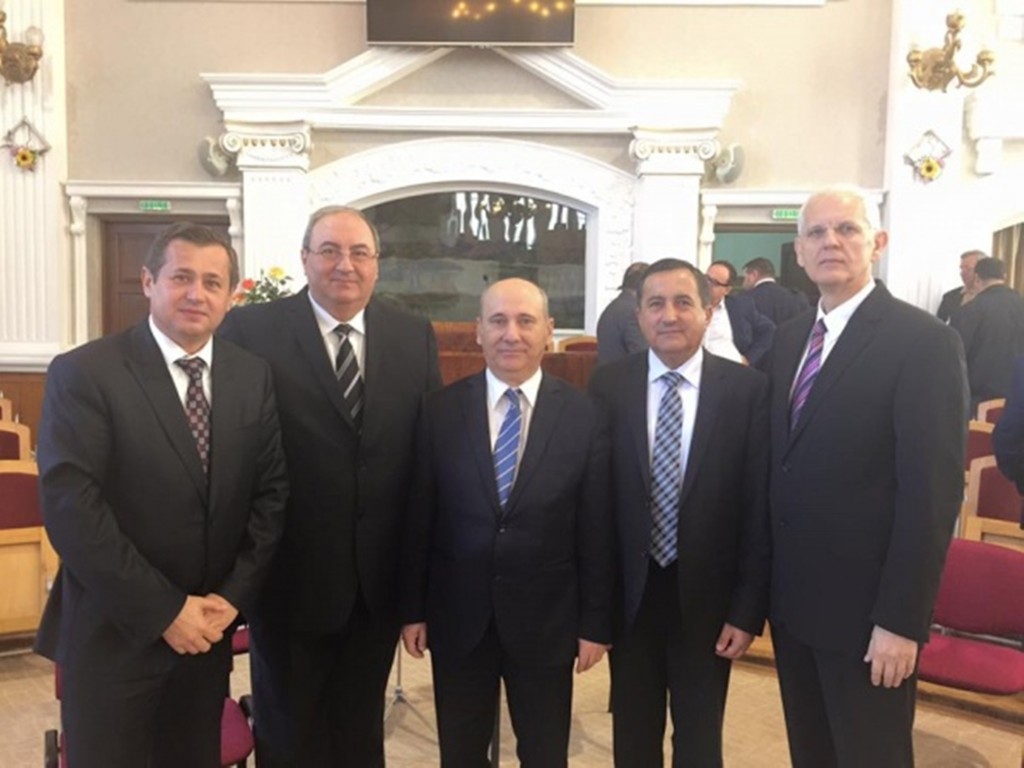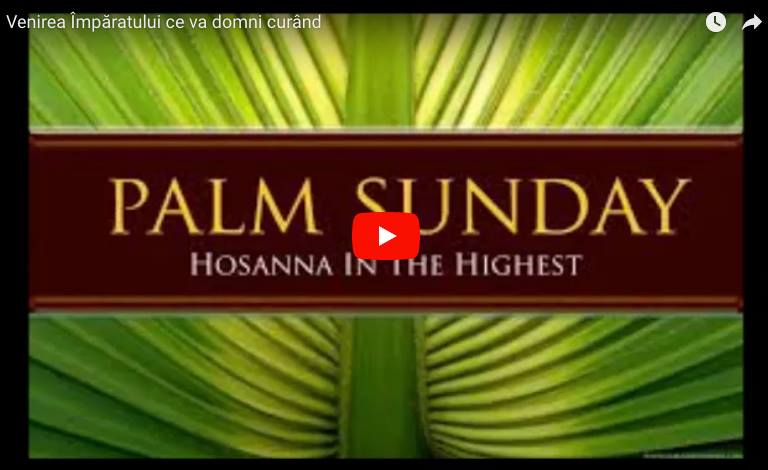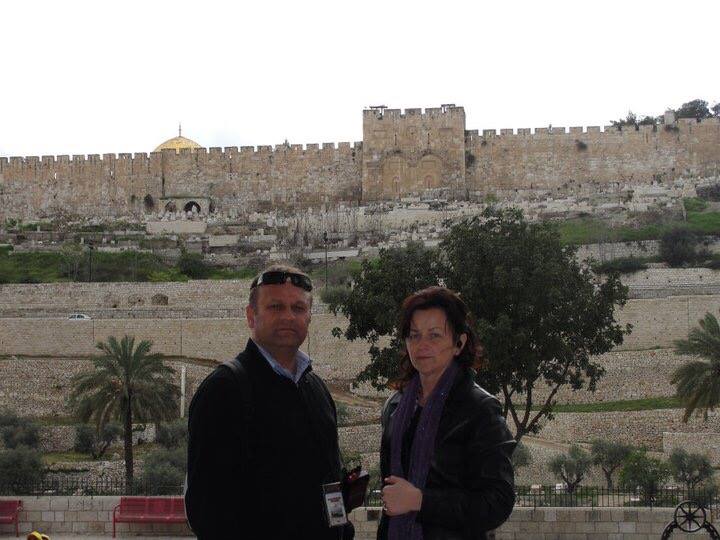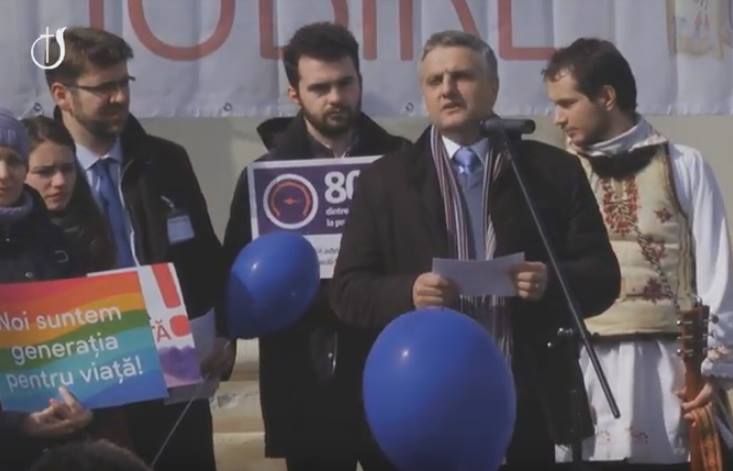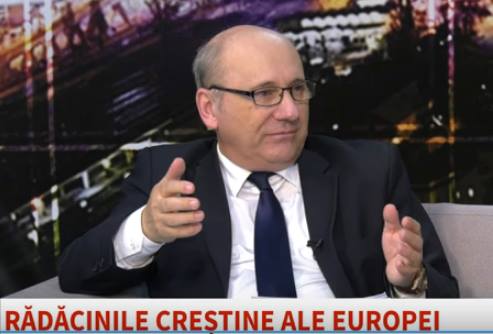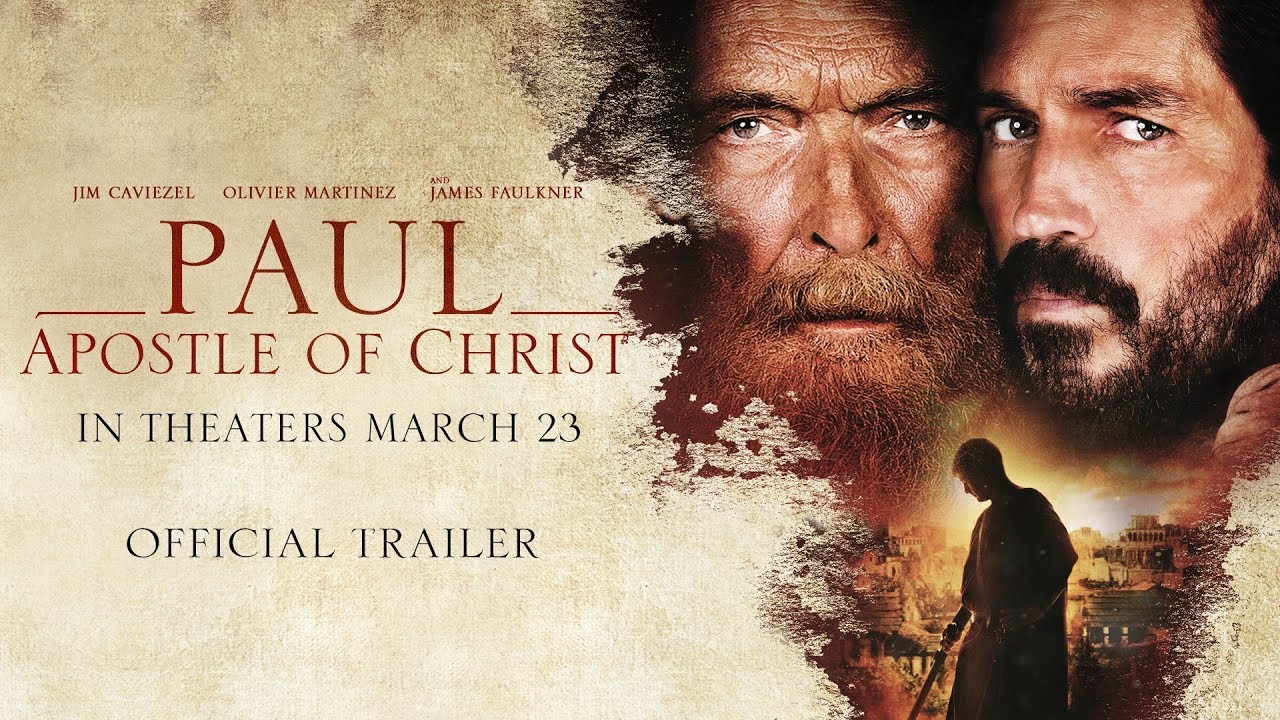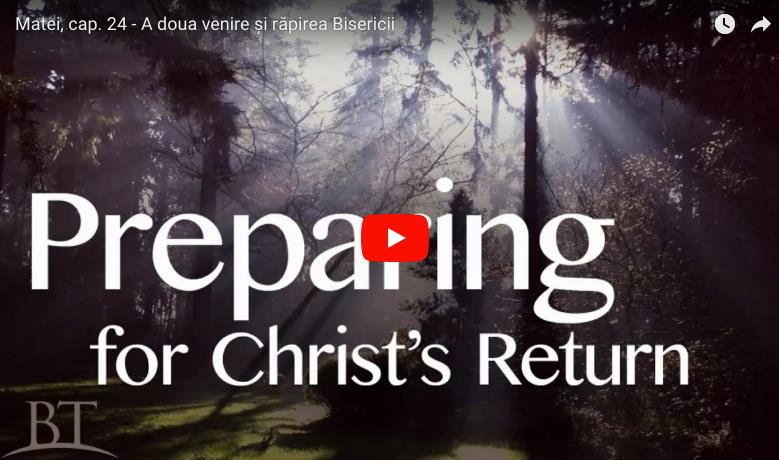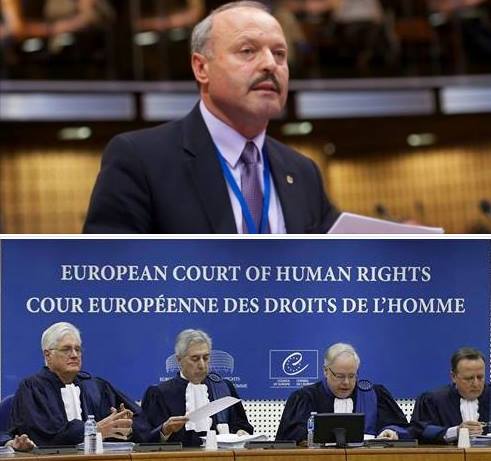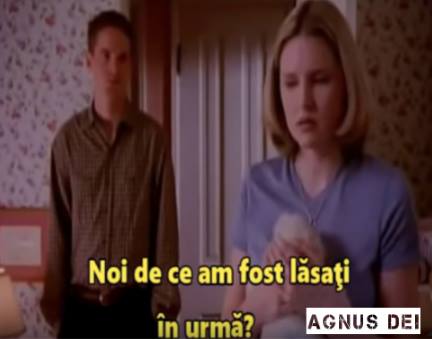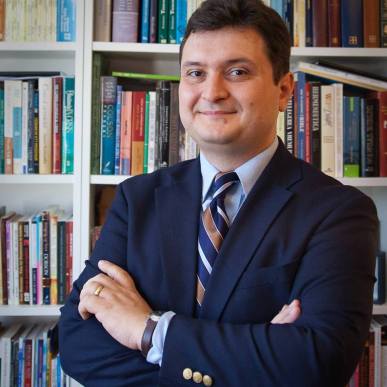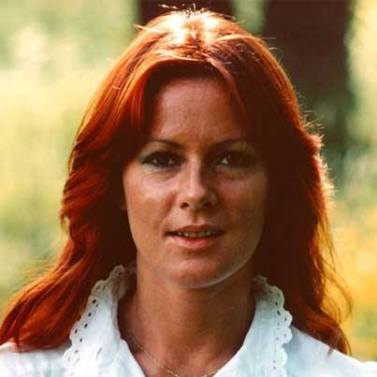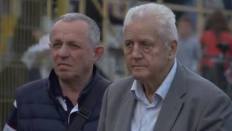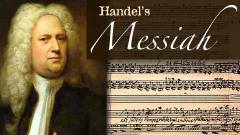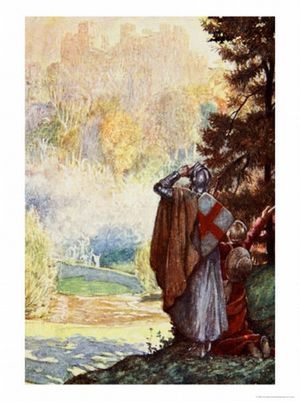When pressed, it was clear that Lloyd-Jones did not have any particular plan or blueprint for the expression of a new evangelical unity. Not only was his own understanding limited at this point, but he also wanted others to pray and consider Biblically the way forward. One thing is clear, Lloyd-Jones wanted a big umbrella-type fellowship of churches, including evangelical Anglicans, but in the circumstances had to opt for the BEC as providing the next best and widest possible fellowship between churches in the post-1966 situation.
o Did Lloyd-Jones repeat and/or develop his 1966 message? Yes, he did. One example is his address in 1967 on Luther and His Messagefor Today. 29 The editor’s introduction to this address is helpful. First, the editor notes that one development is that the 1966 address was a major, positive call for Evangelicals to unite in a fellowship of evangelical churches whereas the 1967 Luther address „led up to an explicit call to them to secede from denominations which were moving towards Rome by their involvement in the ecumenical movement”.30 Second, the editor draws attention to the „Doctor’s” expression „guilt by association” in the 1967 address. He was not advocating „second degree separation”, but rather „putting an important question to those in the doctrinally mixed denominations who would be ‘content to function’ in the same church as those ‘who deny the very elements of the Christian faith”‘.
Again in 1968 Lloyd-Jones addressed the BEC conference on What is the Church? partly because it was at the time „the greatest cause of division amongst Evangelicals in this country”Y In the 1970 conference, his concern was „wrong divisions and true unity” and emphasised the crucial difference between separation and schism. In his 1977 BEC address, the „Doctor” spoke under the title of The Sword and the Song and reviewed the ten year period from 1967-1977. Unti11967, Lloyd-Jones rightly claims that they were all engaged fighting „the old liberalism and modernism”32 with the help ofEvangelicals in the mixed denominations, namely, those within the EA. Now, however, „the situation unfortunately has taken a very sad and a very tragic turn”33 and, he adds, „in my wildest moments, I never imagined that the things which have taken place in the last ten years would come to pass. It is almost incredible”. Lloyd-Jones goes on to describe this as „a real change and a definite shift in the whole position of Anglican evangelicalism”34 in their views of Scripture, salvation, the Church, and also ecclesiastical relationships;35 it represents an „extraordinary change”. And it „has become very doubtful as to what an Evangelical really is. This is a sad, a tragic story”.36
Lloyd-Jones then probes the question as to why this has happened. „To me”, he replies, „there is only one answer. It is that if your doctrine of the Church is wrong, eventually you will go wrong everywhere”.37 He went on to affirm that Evangelicals within the BEC must fight for the Bible, „the truth of the Gospel”38 as well as a „true conception ofthe Christian Church”.39 Not only then was 1966 a tragic division; it was also for some evangelical Anglicans the beginning of compromise on major doctrines.
o Finally, are you suggesting that in some way we need to go back to the 1966 situation?
Not really because the situation today has changed and we dare not live in the past. Nevertheless, although the situation has changed, the issues have not changed. As we have just seen, the post-1966 situation has deteriorated and there is considerable confusion as well as uncertainty over major Biblical doctrines. We can, and must, learn from the 1966 call.


 Eryl Davies: The 1960s
Eryl Davies: The 1960s
















